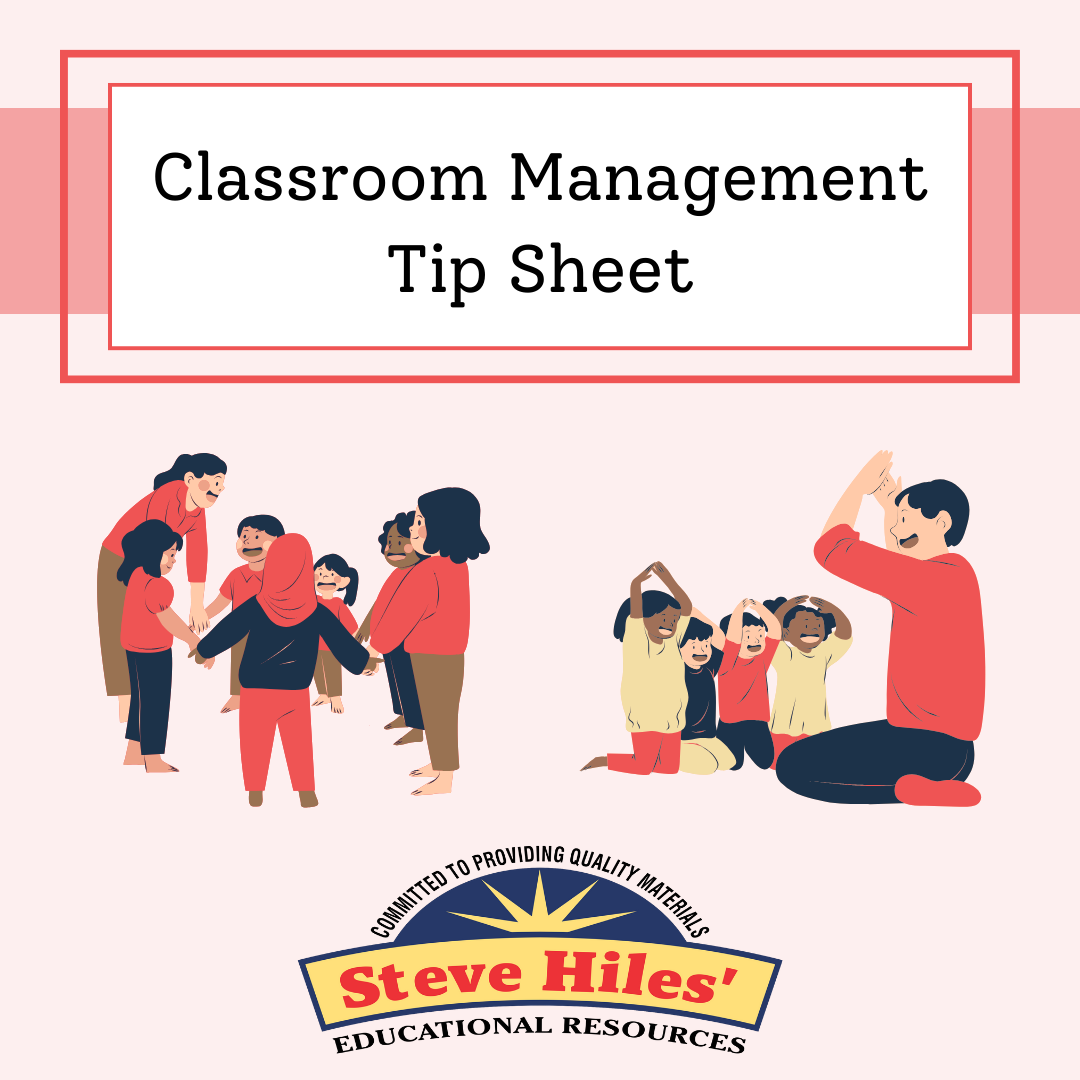Have you ever wondered what your clothes are saying about you before you even open your mouth?
That’s not just a fashion question—it’s survival in the classroom.
Day one, a colleague of mine thought he had it all figured out—pressed khakis, polo shirt, the “clean but casual” look. Five minutes into class, a student raised their hand and said, “Are you our new P.E. teacher?”
Let’s just say he realized fast that what feels appropriate might send the wrong message in a school setting. By the end of this post, you’ll know:
- How to strike the balance between professional and approachable.
- Why dressing appropriately can actually help you manage your classroom.
- Practical tips to keep you comfortable while still looking like the leader of the room.
Welcome to the Teacher RockStar Podcast—the podcast that’s dedicated to providing valuable insights, practical tips, and best practices. I’m your host, Steve Hiles – a veteran teacher, and today we’re talking about what your teaching outfit says before you even speak.
There’s one clothing mistake almost every first-year teacher makes. I’ll tell you what it is—and how to avoid it—before we wrap up.
First Impressions Matter
It takes less than seven seconds for someone to form an impression of you. That means before you even introduce yourself, your students, parents, and administrators have already made a snap judgment.
Clothing is non-verbal communication.
- It tells your students if you mean business.
- It tells parents whether you seem trustworthy.
- It tells administrators if you’re professional.
Think of it like classroom management insurance. If you walk in looking like a peer instead of a leader, you’ll spend more time fighting for authority. But if you look like the teacher, half that battle is already won.
Story time: A friend of mine wore jeans and a hoodie his first week. He wanted to “connect” with his middle schoolers. Within days, his students tested every boundary possible. Why? Because he looked like one of them, not the person in charge.
Professional Doesn’t Mean Uncomfortable
Here’s a myth worth busting: dressing appropriately doesn’t mean dressing uncomfortably. You don’t need a three-piece suit or heels just to command respect. The key is balance—professional but practical.
Take shoes, for example. You’ll be on your feet most of the day. Invest in a pair that looks sharp but feels like sneakers.
Now picture this: showing up to Back-to-School Night in sweatpants. Parents walk in, see you rocking your “Netflix and chill” outfit. Would they feel confident about you teaching their child algebra? Didn’t think so.
Clothing isn’t just fabric—it’s part of your teaching strategy. Think of your clothes as your armor. Knights wore metal to protect themselves in battle. Teachers? We wear slacks, blouses, or button-downs to protect our credibility.
Know Your School Culture
Here’s something most first-year teachers miss: every school has its own dress culture.
What’s “professional” at one school might be “overdressed” at another. In some suburban schools, men wear ties daily and women wear formal dresses. In other schools, khakis and polos are the norm.
So before you shop for a brand-new wardrobe, pay attention. Look around. See what veteran teachers are wearing.
Even if your school leans casual, aim a little more professional until you know the culture. Here’s a tip I used myself: I always kept a blazer in my classroom closet. On normal days, I was business casual. But if I had a parent meeting or an unexpected observation—boom—blazer on. Instant upgrade.
If you’re looking for more strategies on getting started right as a new teacher, check out my book Get Started on the Right Foot: A Guide for Teaching the First Days of School for deeper guidance.
The Mistake to Avoid
Now, remember that clothing mistake I mentioned earlier? Here it is: trying too hard to look “cool” instead of professional.
It backfires every time. Students don’t need you to be their fashion twin—they need you to be their teacher.
So here’s the takeaway:
- Dress like the authority you are.
- Choose professional comfort.
- Pay attention to your school culture.
When you do that, your clothing stops being a distraction and starts being a tool for success. You don’t have to guess anymore—you’ve got practical tips you can apply starting tomorrow.









